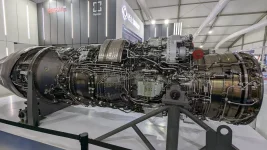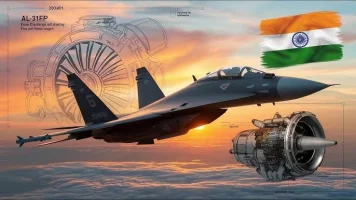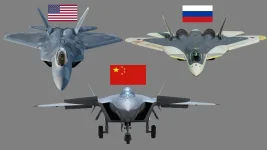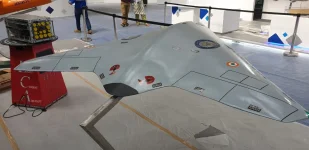
NEW DELHI - India has finalized its ambitious plan to modernize its fleet of Russian-origin Sukhoi-30MKI fighter jets, aiming to significantly enhance their combat capabilities and extend their service life for another three decades.
The Ministry of Defence has prepared a "draft note" for approval by the Prime Minister-led Cabinet Committee on Security (CCS). The proposal outlines a comprehensive upgrade for the initial batch of 84 Sukhoi jets, with a total estimated cost of around Rs 63,000 crore. This includes the entire design and development phase, according to sources.
The upgraded "Super" Sukhois are expected to rival fifth-generation fighter jets in terms of capabilities, with the exception of stealth technology. They will also incorporate manned-unmanned teaming (MUM-T) capability, allowing them to operate in conjunction with advanced autonomous drones using artificial intelligence and data links, thus increasing mission effectiveness. The Indian Air Force (IAF) aims to keep these upgraded Sukhois in service until 2055.
This upgrade is considered critical as the IAF currently faces a shortage of fighter squadrons, with only 30 operational squadrons compared to its authorized strength of 42. These squadrons are essential to deter both China and Pakistan.
Hindustan Aeronautics Limited (HAL) will be responsible for upgrading all 84 twin-engine Sukhois over a period of approximately 15 years. Following the CCS sanction, the process will begin with seven years of development and flight testing, followed by the gradual upgrade and induction of the jets in batches.
The IAF currently operates 259 Sukhois, most of which were license-produced by HAL under a deal with Russia worth over $12 billion. These aircraft form the backbone of the IAF's combat fleet. An additional order for 12 new Sukhois and associated equipment, costing around Rs 11,500 crore, has been placed to replace those lost in accidents over the years.
Looking to the Future
Looking ahead, sources indicate that within the next 15 years, India will have developed its own fifth-generation fighter, the Advanced Medium Combat Aircraft (AMCA). The futuristic technologies from the AMCA project will then be incorporated into the subsequent tranche of Sukhoi upgrades following the initial 84 jets.The current upgrade project will equip the Sukhois with indigenous 'Virupaksha' advanced electronically scanned array (AESA) radars, significantly increasing their detection range compared to the existing Russian radars.
This enhanced capability will allow the Sukhois to utilize longer-range weapons such as the Astra-3 air-to-air missile, which boasts a beyond-visual-range of 350 km.
While the IAF is currently inducting Astra-1 missiles (100 km range), the DRDO is developing the Astra-2 (160 km range) and Astra-3 (with solid fuel ducted ramjet propulsion) variants.
Indigenous Systems at the Core
Apart from the fly-by-wire system, all other electronics in the upgraded Sukhois will be indigenous. This includes all three mission computers with improved algorithms. Overall, of the 51 systems to be upgraded, 30 will be developed by HAL, 13 by DRDO, and eight by the private sector.In addition to the planned upgrades, 40 Sukhoi fighters have already been modified to carry the air-to-ground BrahMos supersonic cruise missile. The BrahMos missile's range has been extended from 290 km to 450 km, and a variant with an 800 km range is also under development.
The modernization of the Sukhoi-30MKI fleet represents a significant step in India's ongoing efforts to enhance its indigenous defence capabilities and maintain a strong air defence posture in the region.





